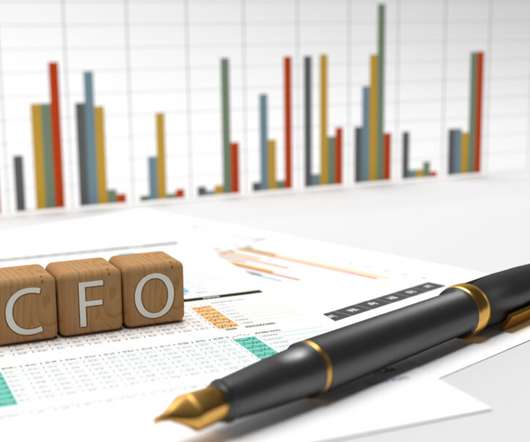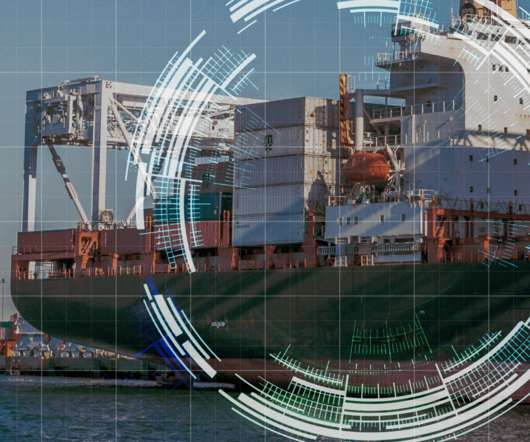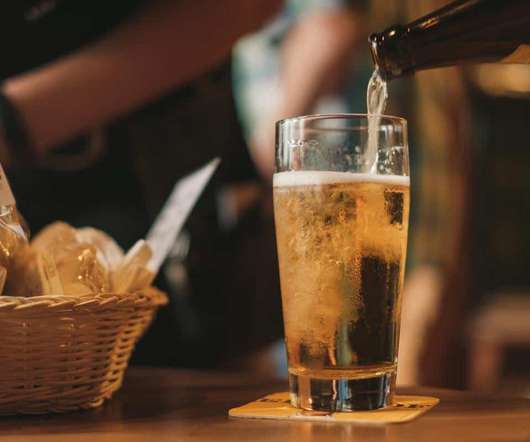Seven Mistakes You Wish Your CFO Had Not Made You Make
Supply Chain Shaman
JANUARY 31, 2022
Source E2open Shipping Index). As a result, focusing on cost and efficiency, and functional metrics throws the supply chain out of balance. Today, only 4% of companies are the first to buy new technology—a 40% decline from post Y2K in 2001. We started the conversation with sourcing. Focus on Cost. What to do?
















Let's personalize your content